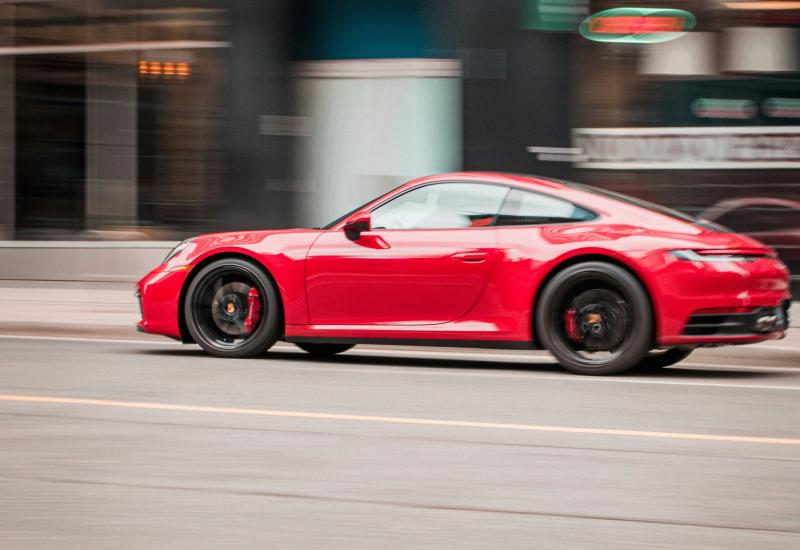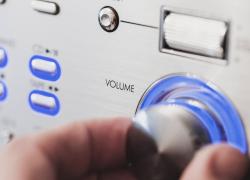
Mythic goes back to basics
More efficient internalisation and release – not bystander activity – are the focus for this private ADC player.
More efficient internalisation and release – not bystander activity – are the focus for this private ADC player.

“We are the only ADC company that’s not working on linker-payloads,” states Mythic Therapeutics’ co-founder and chief science officer, Brian Fiske. This, along with playing down the value of ADC bystander activity, seem unusual views given the direction of travel of biopharma’s hottest field.
Instead, privately held Mythic focuses on improving ADC internalisation and targeted release as the way to treat patients with far lower antigen expression than currently thought actionable. The Kismet-01 trial of Mythic’s lead, the anti-cMet ADC MYTX-011, will soon show whether this is a goer clinically, and recent data on AbbVie’s competing ADC telisotuzumab vedotin provide a handy benchmark.
Results of Kismet-01’s first stage, in NSCLC irrespective of cMet expression, are due around ASCO, and Mythic will try to raise more cash on the back of them, Fiske tells ApexOnco. Mythic’s last raise was a $103m series B in December 2021, and there’s enough in the bank until the end of this year.
Not our approach
Fiske reckons only about 1% of any ADC dose actually goes to the tumour – meaning that 99% goes to healthy tissue, and states: “MYTX-011 can deliver three to five times more payload to cMet-positive tumour cells than a traditional cMet ADC, and half or less to normal cells.”
However, the group's drive to improve ADC efficiency comes not through an approach "we came up with”, says Fiske, but rather from some clever work on pH that remarkably hasn’t been taken advantage of in oncology, but which has already been validated by Ultomiris, a pH-engineered version of the rare disease drug Soliris.
The key is that target proteins are typically recycled to the cell surface after being internalised. A conventional ADC “binds a target and never lets go”, something Fiske says isn't ideal because it can cause the payload to be released after its target returns to the cell surface, resulting in toxicity.
“We engineer our ADCs to ... release once they’ve got inside the cell,” Fiske explains, referring to the whole ADC molecule, not just its payload. The molecule binds to its target at neutral or slightly acidic pH, but then is released in lower intracellular pH, allowing it to go to lysosomes, where it’s degraded to release the payload.
As for bystander activity – the ADC theory made popular by Enhertu in HER2-low or even negative breast cancer – Fiske is dismissive, saying some off-target activity is desirable, but likening this to “slow-release chemo. I think going from chemo to slow-release chemo isn’t particularly inspiring; if we’re going to replace chemo we’re going to want to maximise on-target delivery.”
Despite MYTX-011’s novelty, the molecule itself seems pretty standard, with a cleavable linker and auristatin payload, and it employs a version of a clinical-stage anti-cMet MAb that’s already been tested in around 100 patients.
Go fast
The idea with its Kismet-01 trial is “to go fast” in part 1, before part 2 dose expansion focuses on NSCLC with specific levels of cMet overexpression.
Notably, AbbVie’s teliso-V was most active in cMet high (>50% cMet expression at IHC 3+), with somewhat lower remission rates in intermediate (>25% IHC 3+) disease. Mythic is using the same IHC assay, allowing cross-trial comparison with a focus on dialling up remissions in intermediate expressers, and perhaps even seeing some in low (IHC 2+) expressers, where preclinical MYTX-011 data suggest activity.
This is relevant in terms of the potential NSCLC market, where cMet-high patients represent only about a tenth of all cMet expressers; in this way cMet differs from more typical ADC targets like HER2, Nectin-4 and TROP2, where proportionally more patients are high expressers.
De novo cMet-positive NSCLC either has genetic alterations like exon 14 skipping or has no mutation but is driven simply by cMet overexpression. The former can be treated with small molecules (Tepmetko and Tabrecta are approved), but the latter is a larger population, and it’s this that teliso-V and MYTX-011 are initially targeting.
Among the competition, AbbVie has a second cMet ADC, ABBV-400, whose intriguing activity in colorectal cancer Fiske puts down to the use of a topoisomerase 1 inhibitor payload called FL118. Fiske is also keeping a close eye on Regeneron’s REGN5093-M114, which targets two separate cMet epitopes, but he reckons this risks downregulating the target, which is “the last thing you want (an ADC) to do”.
This year Mythic also plans to reveal its second asset, and it seems logical to expect this to target another atypical antigen not normally expressed at high levels.
1630













